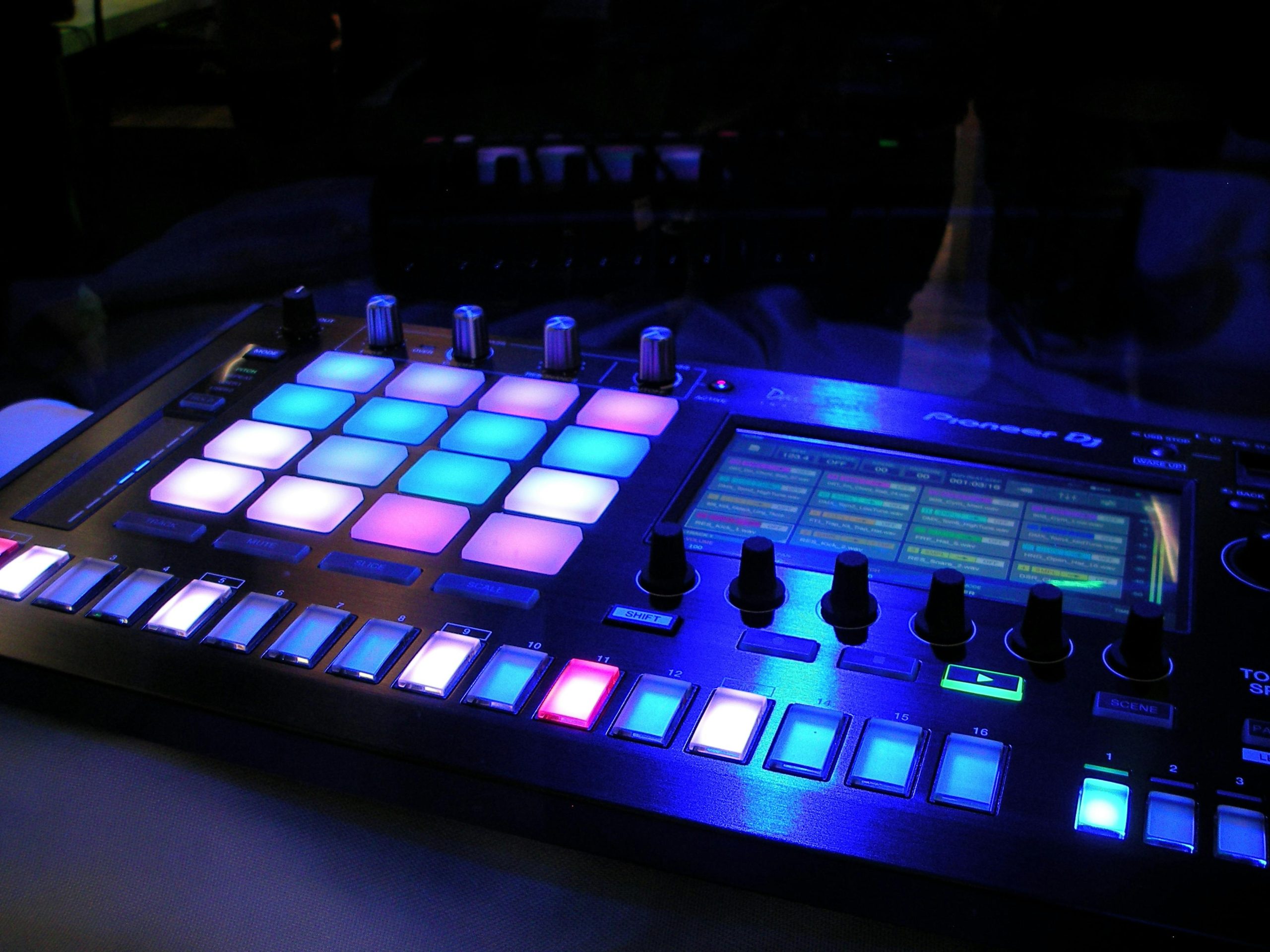
Music pitching is one of the most essential processes for artists, producers, and music entrepreneurs looking to get their work heard, placed, and monetized. Whether you’re pitching to music supervisors, playlist curators, record labels, or sync agents, your approach matters. With proper strategies, music pitching can open doors to licensing deals, wider exposure, and long-term industry relationships. This guide covers 32 hopeful music pitching steps to help position your music—and your career—for a bright, impactful future.
1. Understand What Music Pitching Is
Music pitching is the act of presenting your music to decision-makers who can distribute, license, or promote it. It’s not just about sending a song; it’s about making the right connection at the right time, with the right presentation.
2. Know Your Target
Before you start your music pitching process, research who you are pitching to. Is it a sync agent, playlist curator, or label rep? Tailor your approach accordingly.
3. Perfect Your Song Selection
Not all songs are created equal. Pick the track that best represents your sound and matches the goals of your current music pitching campaign.
4. Craft a Killer Bio
A strong artist bio gives context to your pitch. Highlight your style, accomplishments, and what makes your music unique. This supports your music pitching strategy with a professional image.
5. Get Professional Mixes and Masters
Poor sound quality can kill your chances. For serious music pitching, always use high-quality, professionally mixed and mastered tracks.
6. Use Metadata Properly
Your file should contain all the right metadata: song title, artist name, contact info, and copyright details. This shows your music pitching game is professional and organized.
7. Create Instrumental Versions
Instrumentals are a must, especially for sync licensing. Providing these with your main track makes your music pitching package more complete.
8. Have Alternate Versions Ready
Besides instrumentals, consider clean edits or shorter cuts. This flexibility boosts your music pitching success rate.
9. Use a Digital Press Kit (EPK)
An EPK consolidates your bio, photos, links, and music into one easy-to-access place. It simplifies the music pitching process for your recipients.
10. Start Local
Don’t overlook local radio stations, blogs, and indie playlists. They can be great starting points for your music pitching journey.
11. Submit to Music Libraries
Music libraries connect your tracks to film, TV, and ad placements. Many accept open submissions, making them valuable music pitching platforms.
12. Build a Spreadsheet
Keep track of your music pitching efforts: who you contacted, when, and their responses. Stay organized and consistent.
13. Personalize Your Emails
A generic pitch can be ignored. Personalize every music pitching email to show effort and familiarity with the recipient’s work.
14. Follow Submission Guidelines
If a company says “MP3 only” or “no attachments,” follow those rules. Ignoring them hurts your music pitching credibility.
15. Be Brief and Compelling
Your message should be short but impactful. In music pitching, no one has time to read a novel.
16. Include Links, Not Files
Streaming links are safer and preferred over file attachments. Services like SoundCloud, Disco, and Dropbox are great for music pitching.
17. Build Relationships
Music pitching isn’t just transactional—it’s relational. Engage with people on social media, comment on their work, and show authentic interest.
18. Keep It Genre-Specific
Pitch your song only to curators or opportunities that align with your genre. This improves your music pitching effectiveness.
19. Invest in Pitching Platforms
Websites like SubmitHub, Groover, or Songtradr are dedicated to music pitching. These tools provide access to curators and industry pros.
20. Join Online Communities
Groups on Facebook, Reddit, and Discord often share music pitching tips and contacts. Be active, ask questions, and offer help too.
21. Get Feedback Before Pitching
Before sending your song, gather feedback from trusted peers. This refines your music pitching material and boosts confidence.
22. Register Your Music
Registering with a PRO like ASCAP or BMI ensures you’re ready for sync licensing—a common goal in music pitching.
23. Keep Your Pitch Timely
Send seasonal songs ahead of time. For example, pitch Christmas songs by summer. Timeliness matters in music pitching.
24. Use a Catchy Subject Line
In email pitching, your subject line can make or break whether your email gets opened. Make it clear and intriguing.
25. Highlight Unique Selling Points
What makes your track different? Mention awards, big-name collaborators, or viral moments to enhance your music pitching impact.
26. Be Patient but Persistent
Most music pitching results take time. If you don’t hear back, follow up politely after a few weeks.
27. Track Your Stats
If using platforms like SubmitHub, review your stats. Learn what works and tweak your music pitching approach.
28. Create a Music Website
A professional site adds legitimacy. Include your tracks, bio, press, and contact info to support your music pitching campaigns.
29. Share Social Proof
If others have featured or licensed your music, mention it. Social proof strengthens trust in music pitching.
30. Stay Updated on Trends
Keep up with sync trends, playlist genres, and algorithm changes. Trends affect music pitching targets and strategies.
31. Diversify Your Targets
Don’t rely on just one outlet. Pitch to multiple sectors: playlists, radio, brands, games, and sync. Music pitching is a multi-lane road.
32. Never Stop Learning
The best music pitching professionals constantly evolve. Learn from every rejection and success. Growth is your best long-term asset.
Conclusion
Mastering the art of music pitching isn’t about overnight success—it’s about long-term strategy, resilience, and authenticity. With these 32 steps, you’re not just sending out songs randomly; you’re crafting targeted pitches that reflect your brand and maximize your chances of success. Music pitching takes effort, but the rewards—exposure, licensing, and growth—are well worth it. Whether you’re just starting or refining your current process, let each pitch bring you one step closer to the future you envision in music.





